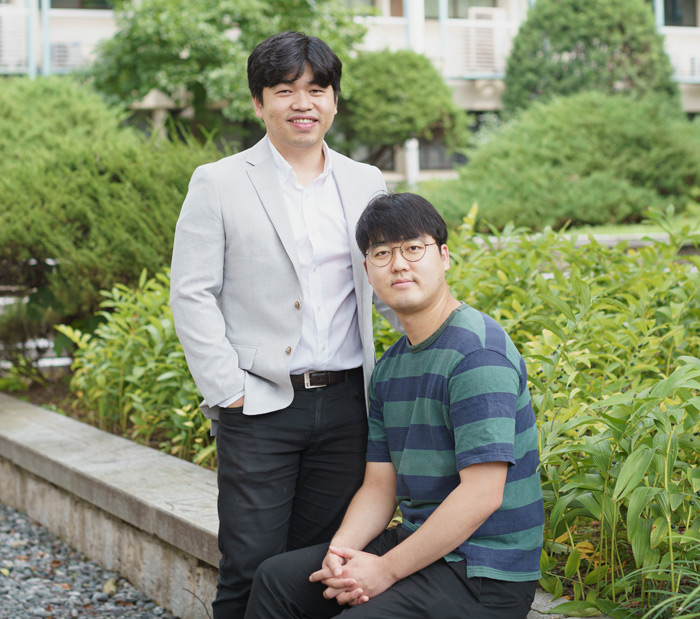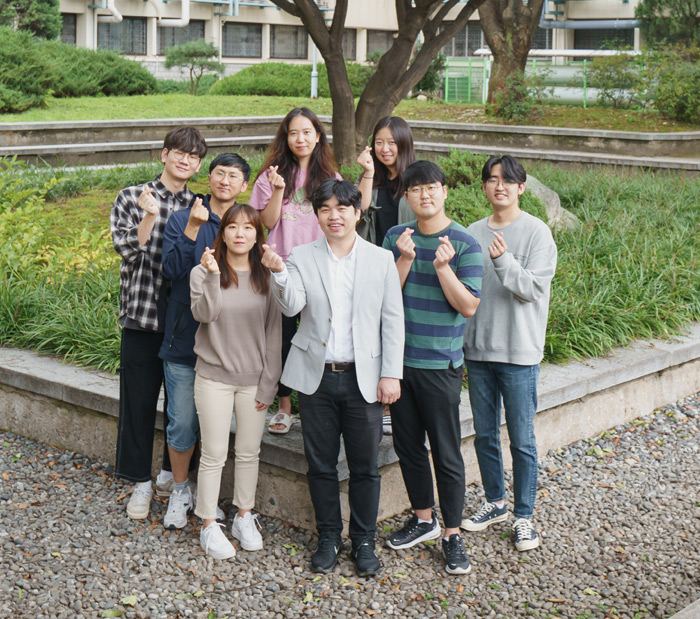Research Stories
Development of a Sticker-like Stretchable Artificial Neural Electronic Epineurium for Peripheral Neuroprosthetics
A SKKU-KIST research team developed a sticker-like adaptive peripheral neural electronic epineurium that is able to chronically monitor neural signals and stimulate peripheral nerves.
Electronic and Electrical Engineering
Prof.
SON, DONG HEE
- Conventional Cuff-type peripheral nerve interfacing devices have been applied to neuroprosthetic systems to measure neural signals and deliver the programmed electric pulses to the nerves. However, when implanted to the nerve chronically, mechanical mismatch between neural device and tissue induces the formation of an abnormal amount of fibrous tissue on the peripheral nerve, resulting in nerve compression. The long-term compression leads to lethal nerve necrosis. Micro-neurosurgery is also the time-consuming task. These issues remain challenging.
To overcome the limitation, Prof. Donghee Son played a major role in leading SKKU-KIST research team gave an idea for realizing mechanically adaptive peripheral neural interfaces using intrinsically stretchable and autonomously self-healing materials. In continuing effort to optimize their individual performances, SKKU-KIST research team developed “Adaptive Self-healing Electronic Epineurium” as a promising candidate for clinic-grade chronic neural interfaces (Figure 1).
- SKKU-KIST research team addressed that the self-healing property of electronic epineurium allows surgeons to implant the neural interfaces efficiently while reducing operation time even without causing sequela (Figure 2). Additionally, dynamic stress relaxation of electronic epineurium prevents nerve compression chronically, resulting in reliable neural recording and stimulation.
After implanting electronic epineurium into sciatic nerve of a rat, SKKU-KIST research team successfully recorded sensory neural signals for 14 weeks while applying mechanical stimuli to rat’s sole. In addition to monitoring of neural signals, electrical stimulation was reliably delivered to rat’s sciatic nerve without causing nerve fatigue. Using electronic epineurium, the team demonstrated a nerve-to-nerve interface to bypass the damaged spinal cord.
This work was supported by the National Research Foundation of Korea (NRF) grant funded by the Korea government (MSIT) (No. 2020R1C1C1005567). This work was also supported by Institute of Information & communications Technology Planning & Evaluation (IITP) grant funded by the Korea government (MSIT) (No.S-2020-1443-000, Development of low power/low delay/self-power suppliable RF simultaneous information and power transfer system and stretchable electronic epineurium for wireless nerve bypass implementation). This research was also supported by KIST intramural grants (2E30341, 2E29680, 2E29300). This research was also supported by the National Research Council of Science & Technology grant by the Korea government (MSIT) (No. CAP-18-01-KIST).
This research is published on world-renowned International journal, Nature Communications, on August 21, 2020.
* Title: Adaptive self-healing electronic epineurium for chronic bidirectional neural interfaces
Professor Son Dong-hee explained the significance of the research, saying, "This research result has developed a new paradigm that can overcome the limitations of the existing neuroprosthetics field, and has opened the possibility of implementing smart electronic medicine for the rehabilitation of the human nervous system. It is also expected to be the foundation of robot or artificial neural networking technology for prothetic in the future.”
Figure 1 Electronic epineurium implanted to sciatic nerve of a rat
Figure 2 Mechanical adaptability of self-healing electronic epineurium
Figure 3 Long-term neural recording and stimulation


